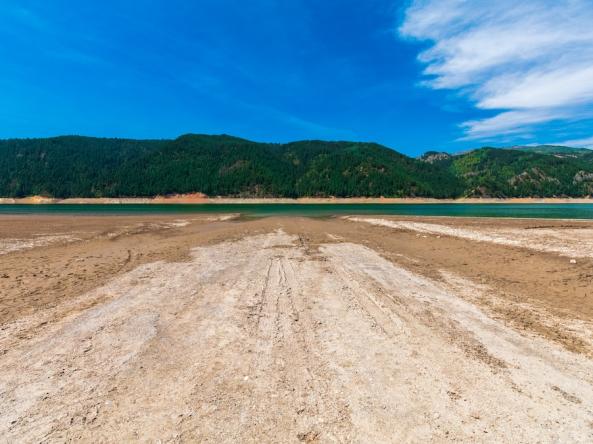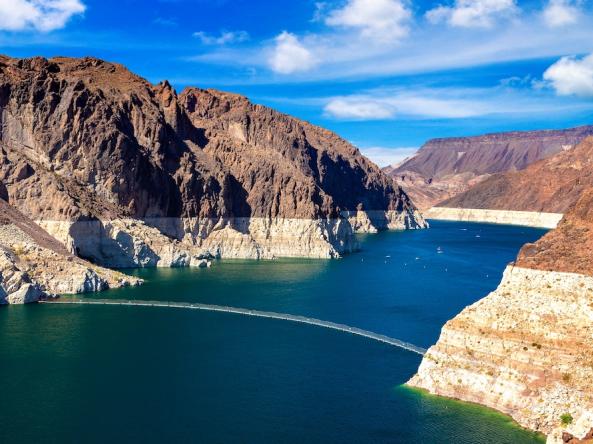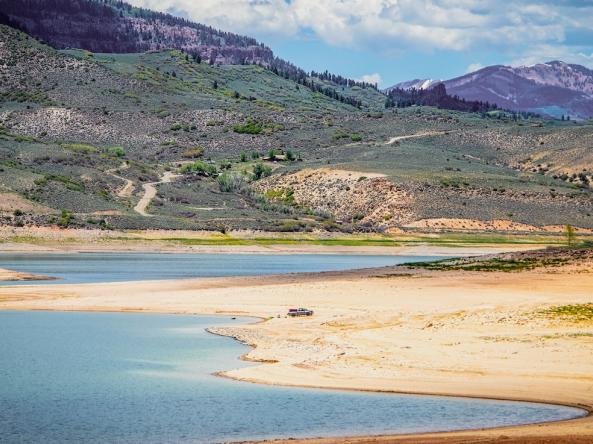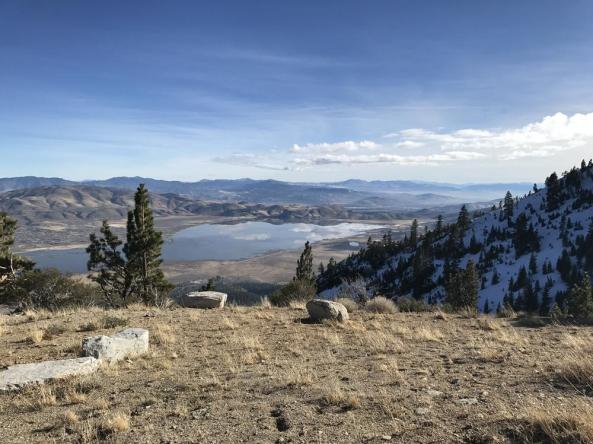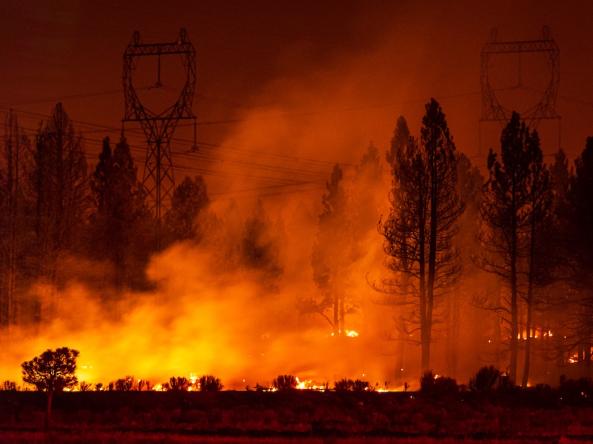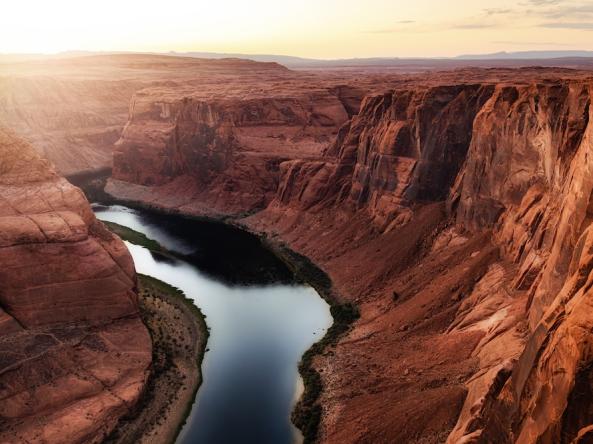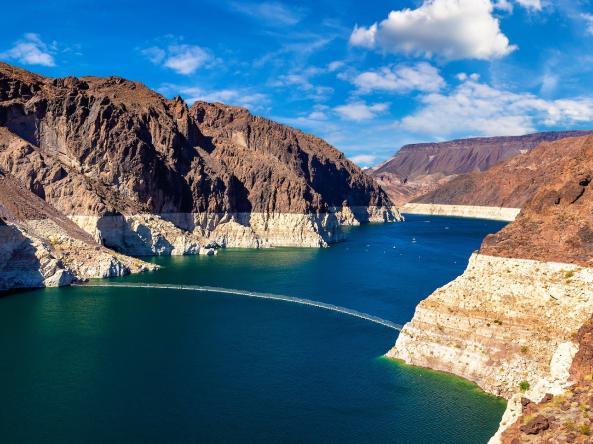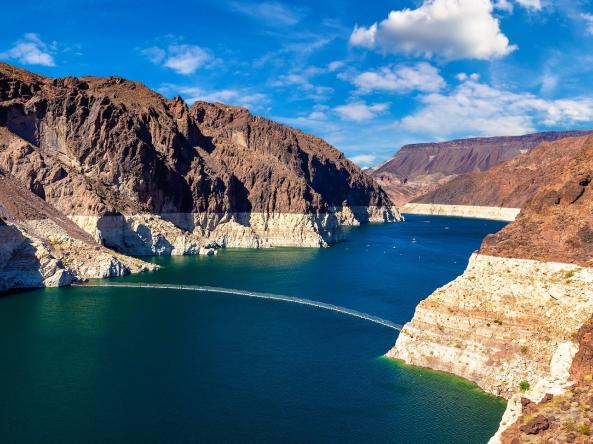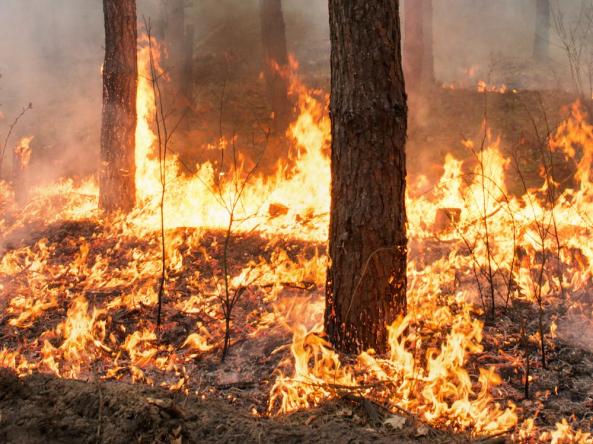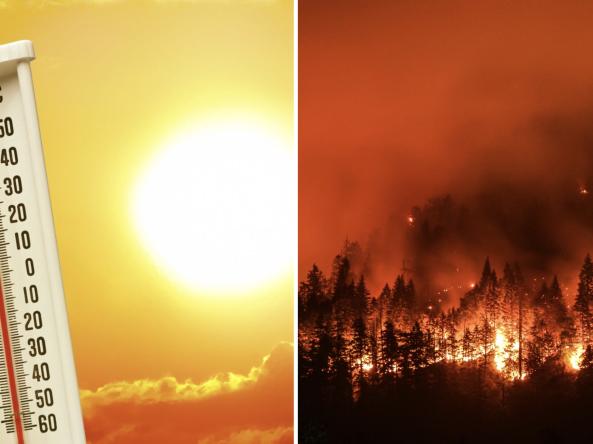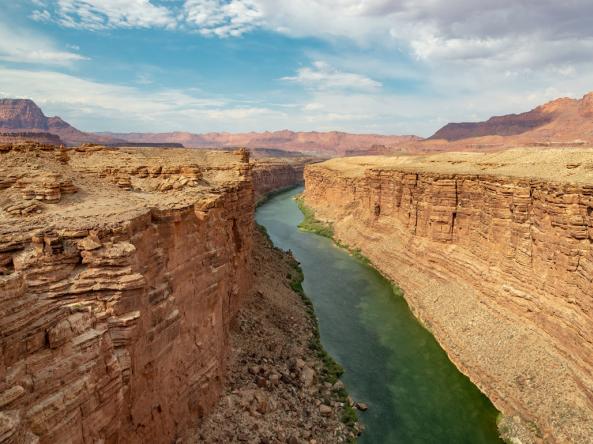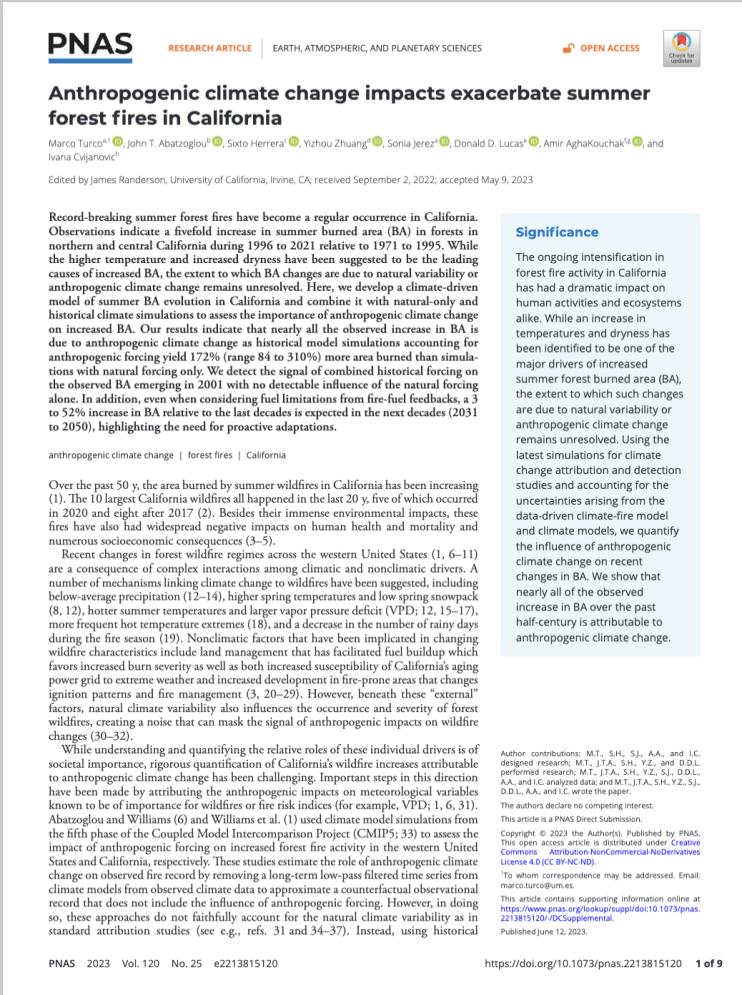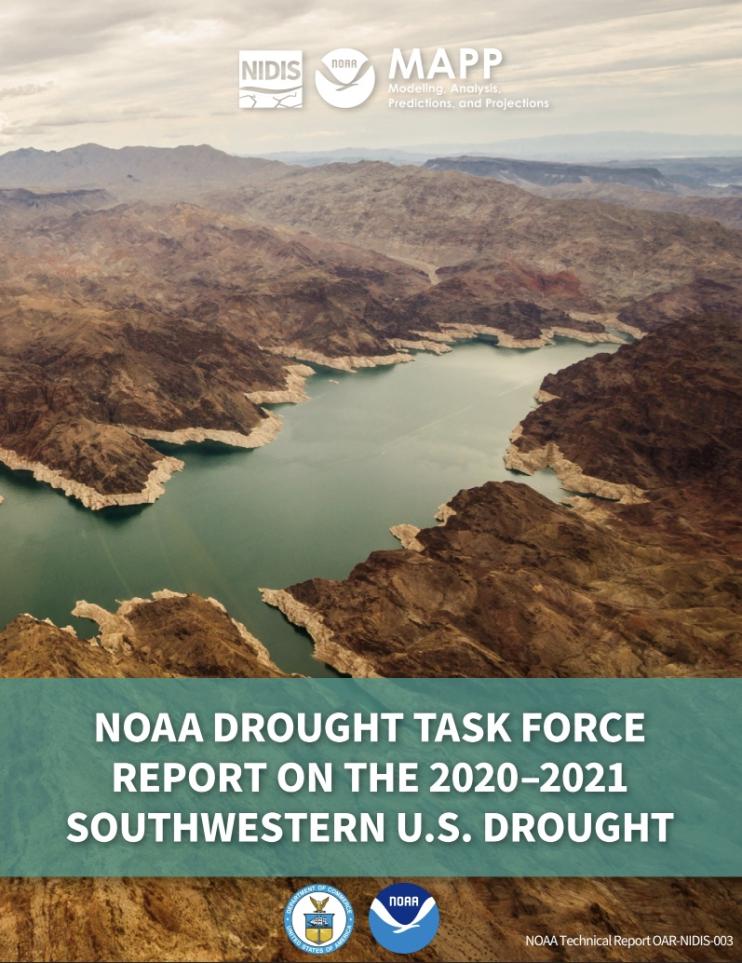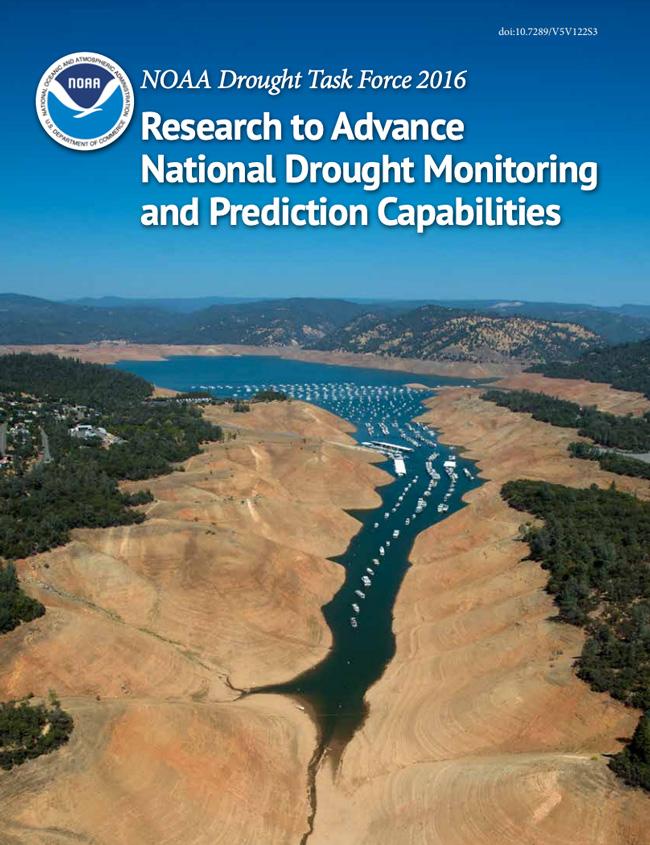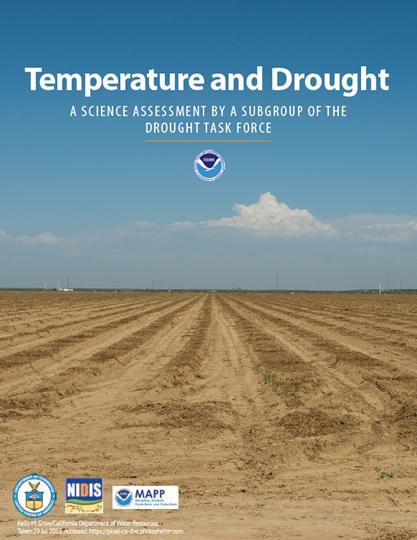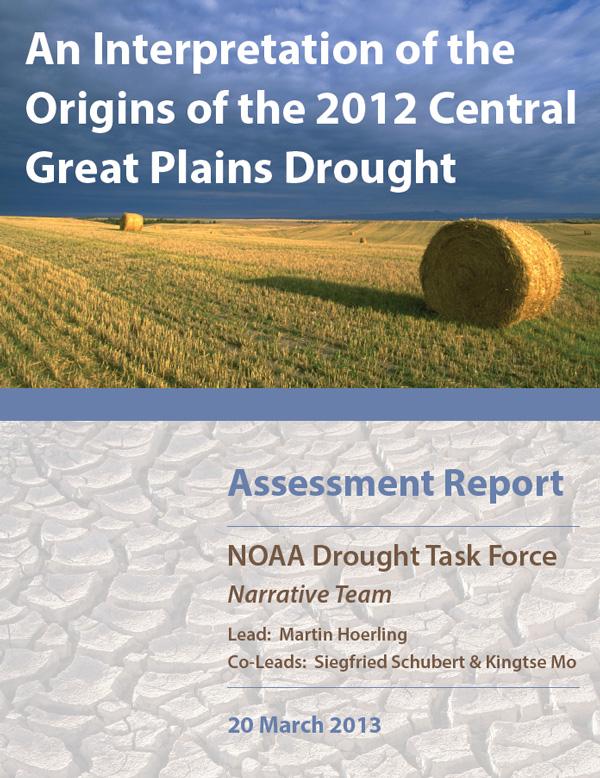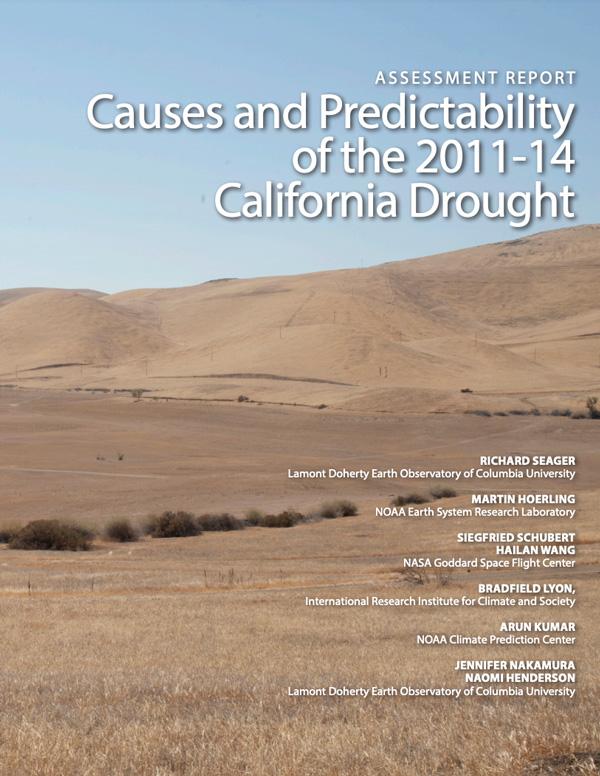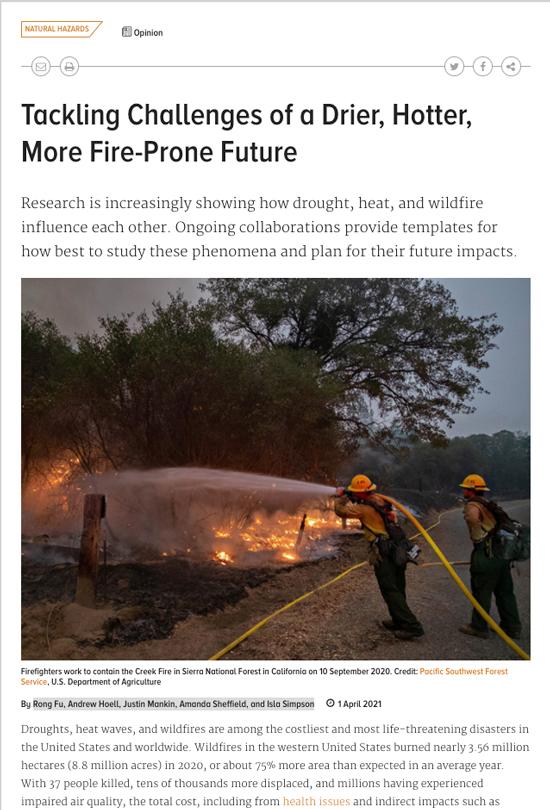Logo
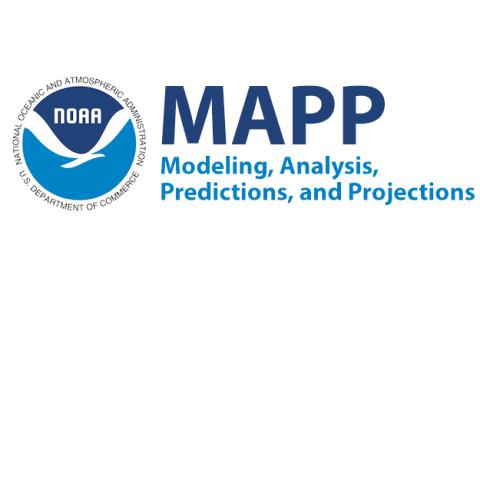
Site Section
Partner
Modeling, Analysis, Predictions and Projections (MAPP) Program
An Agency/Organization of:
Related News
Site Section
News & Events
Weather forecasts struggle to predict how much snow will stick around, or how quickly it will melt away. Scientists are addressing this challenge by improving how climate models simulate snow, a crucial step to better predict droughts and water availability in the Western U.S. In a new Journal of Hydrometeorology study, a group of researchers from the National Science Foundation's National Center
Site Section
News & Events
Today, the NOAA Climate Program Office’s National Integrated Drought Information System (NIDIS) and Modeling, Analysis, Predictions and Projections (MAPP) program jointly announced $4.9 million in funding for NOAA labs and research partners to improve drought monitoring and prediction in the American West. This research combines $3.1 million in funding from NIDIS and $1.8 million from the
Site Section
News & Events
Drought management in the U.S. hinges on the quality of our drought monitoring, which is a challenge in a changing climate. The United States Drought Monitor (USDM), a key tool for identifying and categorizing droughts since 2000, uses different categories to describe the intensity of droughts, such as “moderate,” “severe,” or “extreme.” These categories help decision-makers understand how bad a
Site Section
News & Events
Arid and semi-arid areas may face especially high risks of extreme heat and fire.The laws of thermodynamics dictate that a warmer atmosphere can hold more water vapor, but new research has found that atmospheric moisture has not increased as expected over arid and semi-arid regions of the world as the climate has warmed.The findings are particularly puzzling because climate models have been
Site Section
News & Events
Study finds steepest drops in areas of the Northern Hemisphere reliant on snow for water.Scientific data from ground observations, satellites, and climate models have not agreed on whether climate change is consistently chipping away at the snowpacks that accumulate in high-elevation mountains and provide water when they melt in spring. This complicates efforts to manage the water scarcity that
Site Section
News & Events
Record-breaking forest fires during California’s summer months have become a regular occurrence. Wildfires not only cause catastrophic environmental and socioeconomic impacts, but also have negative consequences for human health. Environmental observations indicate that summer burned areas in northern and central California have increased fivefold during 1996 to 2021 compared to 1971 to 1995.
Site Section
News & Events
A new computer modeling technique developed by scientists at the National Center for Atmospheric Research (NCAR) offers the potential to generate months-ahead summertime drought forecasts across the Western United States with the capability of differentiating between dry conditions at locations just a couple of miles apart.
The technique uses statistical methods and machine learning to analyze
Site Section
News & Events
Key Findings
Megadroughts are persistent, multi-year drought events that stand out as especially extreme in terms of severity, duration, or spatial extent when compared to other droughts of the last two thousand years
Megadroughts have occurred on every continent outside of Antarctica, often causing major disturbances to ecosystems (e.g., forests in the Southwest U.S.) and societies (e.g
Site Section
News & Events
At the end of summer 2021, the U.S. Drought Monitor reported 90% of the West in drought with 54% in Extreme Drought (D3) or Exceptional Drought (D4). Reservoir levels were low across almost the whole West, including the Colorado River Basin's Lakes Powell and Mead at just 31% and 35% of capacity, respectively. Multiple states rated most of their rangelands and pasture in poor to very poor
Site Section
News & Events
This summer’s western wildfire season is likely to be more severe than average but not as devastating as last year’s near-record, according to an experimental prediction method developed by scientists at the National Center for Atmospheric Research (NCAR).
The new method, detailed in a peer-reviewed study, analyzes precipitation, temperatures, drought, and other climate conditions in the
Site Section
News & Events
Although wildfire is part of the natural ecosystem cycle over the western U.S., its intensity and frequency has been increasing at an alarming rate in recent decades. A new study shows that climate change is the main driver of this increase in fire weather in the western United States. And even though wetter and cooler conditions could offer brief respites, more intense and frequent wildfires and
Site Section
News & Events
Since early 2020, the Southwest United States has suffered record low precipitation and near-record high temperatures, gripping the region with an unyielding, unprecedented, and costly drought. This exceptional drought—marked by massive water shortages, destructive wildfires, emergency declarations, and the first ever water delivery shortfall among the states sharing the Colorado River—punctuates
Related Documents
Document Date
June 2023
Document Date
September 2021
Document Date
February 2016
Document Date
April 2018
Document Date
December 2014
Document Date
April 2021
Document Date
April 2018
Related Research



